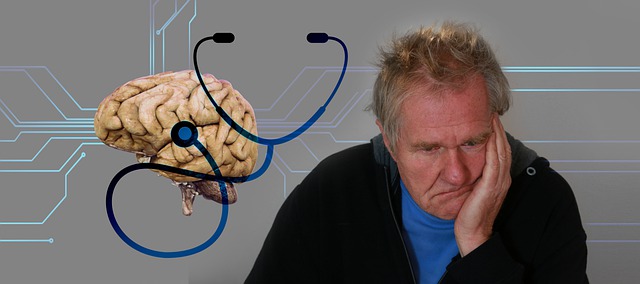An interesting article titled “Alzheimer’s Disease-Like Neurodegeneration in Porphyromonas gingivalis Infected Neurons with Persistent Expression of Active Gingipains” appears in the Journal of Alzheimer’s Disease written by Ursula Haditsch et al. (no. 75, pp. 1361–1376, 2020). The article seeks to explore the connections between Porphyromonas gingivalis (P. gingivalis), the main pathogen that causes chronic periodontitis, and Alzheimer’s disease (AD).
In the article, the researchers sought to show that intraneuronal P. gingivalis and gingipain expression in vitro after infecting neurons derived from human induced pluripotent stem cells (iPSC). The researchers looked at the effect of the bacteria on the neurons at 24, 48, and 72 hours. The researchers used transmission electron microscopy, confocal microscopy, and bacterial colony to cause infection. They monitored gingipain expression by immunofluorescence and RT-qPCR, and protease activity with activity-based probes. The researchers used immunofluorescence, western blot, and ELISA to assess neuordegenerative endpoints.
The authors found that the neurons survived the initial infection and had induced cell death over time. It was found that P. gingivalis was free in the cytoplasm or in lysosomes. Further infected neurons displayed an accumulation of autophagic vacuoles and multivesicular bodies. Tau protein was strongly degraded and phosphorylation increased at ptau (T231).

The authors found that P. gingivalis can infiltrate and persist in human neurons expressing active gingipains, and the neurons showed numerous signs of Alzheimer’s disease 48 hours after they were infected. The found that the neurons showed infection-induced cell death, an accumulation of multivesicular bodies in the perikaryon, degraded tau protein increased tau phosphorylation and the loss of synapses. It is noted that synapse loss leads to motor, sensory, and cognitive impairments and is an early indicator of Alzheimer’s disease. The authors state:
“Comparable features of neuronal degeneration combined with presence of gingipains are detected in AD brains, and we propose that human iPSC-derived neurons infected with P. gingivalis are a novel in vitro model to investigate the neuropathological mechanisms and treatment of AD.”
The authors note that their study was performed with a bacteria-to-cell ratio of 300 which is likely higher than what a neuron in the brain would encounter and
therefore the degenerative effects might be more pronounced and more toxic than what are encountered at physiological levels. Even so they feel that the results they showed would stimulate a chronic infection and the neuropathological effects would be comparable to an Alzheimer’s Disease brain. Potentially new therapeutic approaches to treat or prevent cellular mechanisms leading to Alzheimer’s Disease could be explored and better understood as a result of this research.
